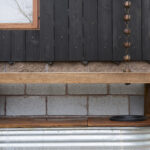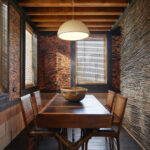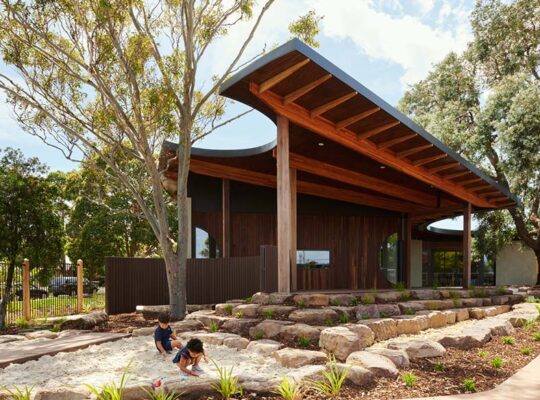Introduction
Nestled in the Historic Anacostia neighborhood of Washington, D.C., the Grass House stands as a beacon of sustainable architecture. This LEED Platinum accessory structure, situated behind a meticulously restored 1892 Victorian house, redefines conventional construction practices while honoring tradition.

Embracing Natural Materials
Utilizing bamboo, a renewable resource, the Grass House pioneers environmentally conscious building methods. With a commitment to simplicity and modern techniques, it offers a refreshing alternative to conventional stick-frame construction, advocating for healthy and sustainable living spaces.
A Paradigm Shift in Urban Living
The Grass House represents more than just a structural addition; it symbolizes a paradigm shift in urban living. By capitalizing on changes in city zoning regulations, it serves as a versatile workspace for BLDUS, contributing to a reduction in daily commuting while optimizing space utilization in the historic house.

A Multi-Sensory Experience
Designed to engage all the senses, the Grass House challenges inhabitants to reconsider their relationship with the environment. From the texture of natural materials to the play of sunlight filtering through bamboo, every aspect of the design fosters a deeper connection to nature.
Advocating for Healthy Habitation
Situated amidst a neighborhood grappling with social and environmental challenges, the Grass House advocates for the universal right to healthy habitation. It stands as a symbol of hope and resilience, inspiring communities to strive for a better, more sustainable future.

Exploring Sustainable Solutions
The Grass House serves as a living laboratory for exploring sustainable building solutions. Through innovative framing systems, insulated masonry units, and natural insulation materials, it demonstrates the viability of clean, healthy building practices.
A Call for Environmental Consciousness
More than just a shelter, the Grass House invites reflection on the lifecycle of building materials. By tracing the journey from farm to construction site to eventual dismantling, it encourages a deeper understanding of our impact on the environment and the importance of responsible architecture.

Conclusion
As a testament to the fusion of tradition and innovation, the Grass House challenges conventional notions of urban living. By embracing sustainable materials and design principles, it offers a glimpse into a future where architecture harmonizes with nature, promoting well-being for all inhabitants of the Earth.

























